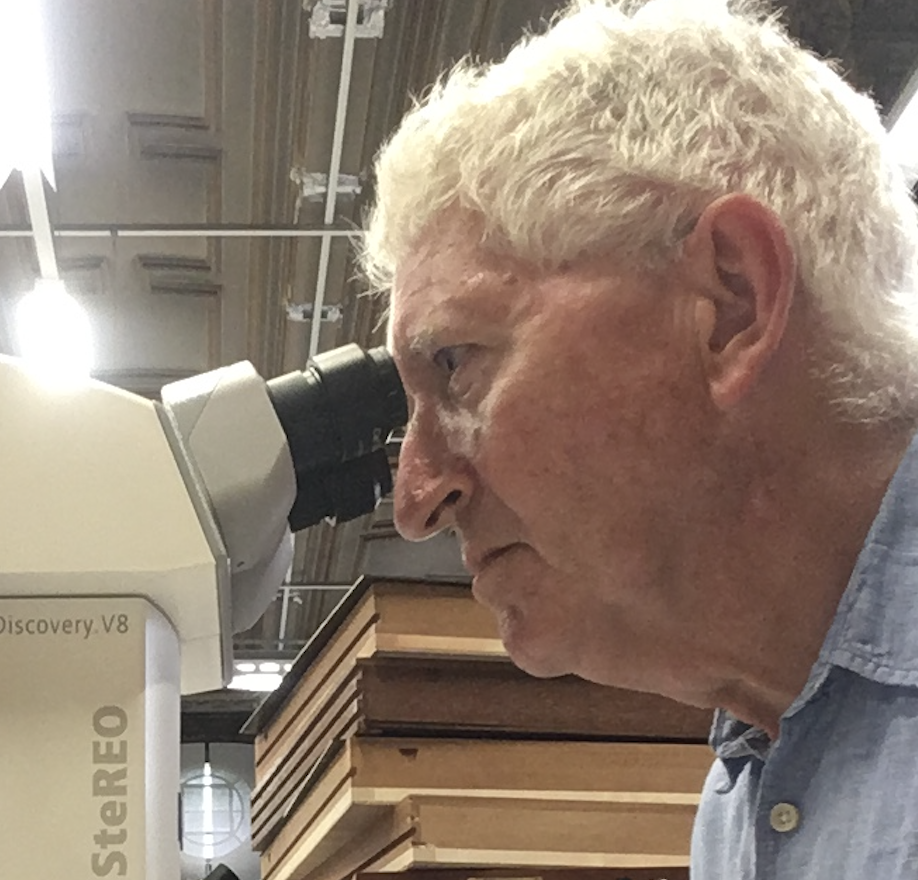Butterflies have big, broad wings that are far less aerodynamic than those of most other insects. At only 10–15 beats per second (compared to 250 in honeybees, for example), they have compromised flap frequency and energy-efficiency to make full use of colour and pattern, which they use in visual communication, camouflage and poison warnings.
Nevertheless, they fly well – migrants such as the painted lady travel thousands of kilometres. The butterfly wing flexing and contorting to give lift and thrust with both up- and down-stroke. Effectively, the butterfly is swimming through air.
The fluttering so characteristic of butterflies appears fragile and slow, yet an erratic flightpath is a good predator- avoidance strategy. A new study at Sweden’s Lund University shows that the wings clap together on the upstroke, producing a sudden backwards jet of air to jerk the butterfly out of harm’s way.
Main image: A monarch butterfly in flight © Getty images
